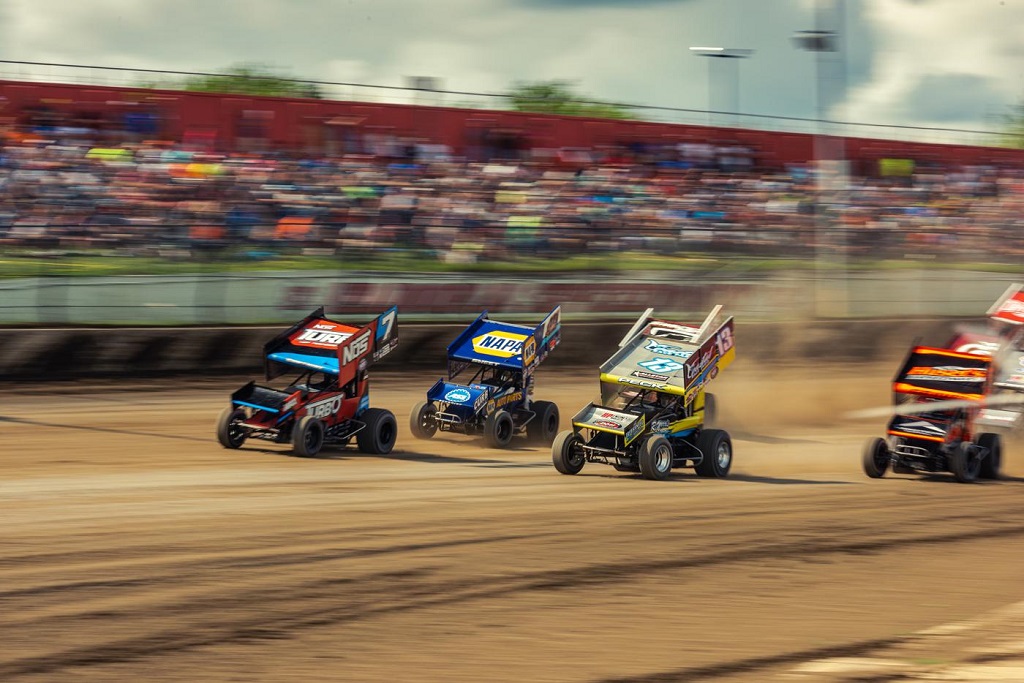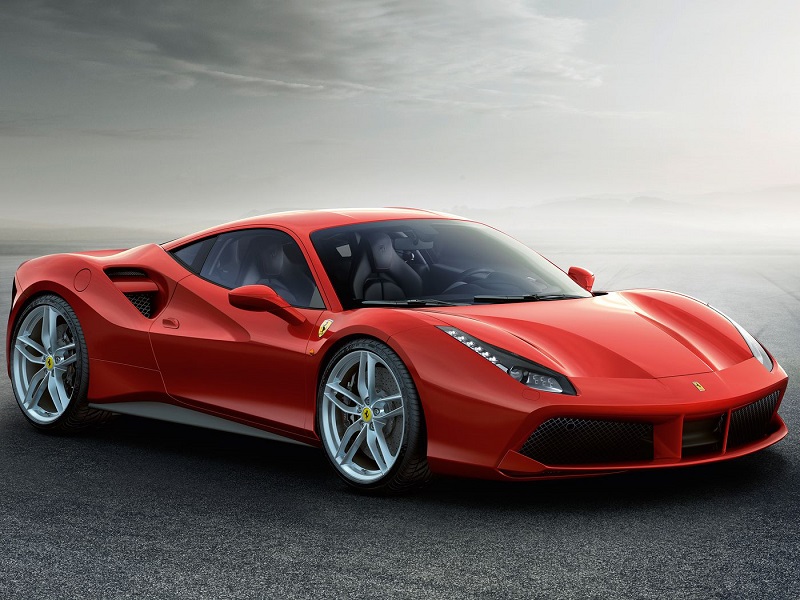Sprint car racing is a pulse-pounding spectacle, showcasing some of the fastest open-wheel race cars on the planet. These meticulously crafted machines, piloted by fearless drivers, hurtle around dirt tracks at seemingly impossible speeds. But just how fast do these land rockets go? Buckle up, racing enthusiasts, as we delve into the world of sprint car velocity.
Factors Affecting Sprint Car Speed
Unlike Formula One cars confined to smooth asphalt tracks, sprint cars conquer the unpredictable terrain of dirt ovals. This introduces several factors that influence their ultimate speed:
- Track Size and Design: Sprint car tracks vary in length, typically ranging from ¼ mile to ½ mile. A larger track allows for higher speeds as drivers have more room to accelerate. Track design also plays a role. Tracks with wider corners allow for higher entry and exit speeds compared to tighter configurations.
- Engine Power: Sprint cars pack a serious punch under the hood. They typically utilize high-performance, naturally-aspirated V8 engines, capable of generating upwards of 900 horsepower. This immense power translates to blistering acceleration off the starting line.
- Aerodynamics: While not as crucial as in Formula One, aerodynamics still plays a significant role in sprint car racing. Large wings generate downforce, pushing the car down onto the track and improving grip, particularly during high-speed cornering. The specific wing configuration can be adjusted depending on the track layout to optimize performance.
- Gearing and Setup: The car’s gearing is meticulously chosen to match the specific track. Shorter tracks might require lower gearing for quicker acceleration, while larger tracks benefit from higher gearing for achieving top speeds. The overall car setup, including suspension and tire selection, is also crucial for optimizing handling and maximizing speed without compromising control.
- Driver Skill: In the high-pressure world of sprint car racing, driver skill is paramount. Negotiating the dirt track at breakneck speeds requires exceptional reflexes, car control, and the ability to understand the ever-evolving track conditions. An experienced driver can push the car to its limits while maintaining composure and making strategic maneuvers.
Reaching Breakneck Speeds: Numbers Don’t Lie
Taking all these factors into account, how fast do sprint cars go? Here’s a breakdown:
- Top Speeds: Modern sprint cars can reach top speeds exceeding 160 miles per hour (260 km/h) on larger tracks with optimal conditions. Some record-breaking runs have even surpassed 170 mph (274 km/h).
- Average Speeds: However, due to the constant cornering and acceleration required on dirt tracks, average race speeds typically fall between 120 mph (193 km/h) and 140 mph (225 km/h). This still translates to an exhilarating and action-packed racing experience.
- Acceleration: Sprint cars boast phenomenal acceleration due to their lightweight construction and powerful engines. They can go from 0 to 60 mph (0 to 97 km/h) in a staggering 2-3 seconds, leaving most supercars in the dust.
The Adrenaline Rush of Close Competition
While raw speed is undeniably impressive, the true essence of sprint car racing lies in the close competition and daring maneuvers. With multiple cars battling for position on a narrow dirt track, drivers constantly flirt with the edge of control, making split-second decisions and showcasing exceptional car handling skills. This unpredictable and thrilling nature of the sport is what captivates audiences worldwide.
Beyond the Numbers: The Allure of Sprint Car Racing
The allure of sprint car racing goes beyond just the sheer speed. Here are some additional factors that contribute to its captivating nature:
- Accessibility: Sprint car racing often takes place at local dirt tracks, fostering a strong sense of community and offering a more accessible motorsports experience compared to Formula One or NASCAR.
- High-Octane Action: The constant wheel-to-wheel racing, dirt rooster tails flying, and the roar of the engines create an electrifying atmosphere for spectators.
- Driver Skill on Display: Witnessing drivers wrestle these powerful machines around the track at breakneck speeds is a testament to their exceptional skill and courage.
- The Underdog Factor: Sprint car racing often features smaller teams and independent drivers, making victories even more rewarding and fostering a sense of connection with the sport.
Related: Which Automotive Brands Do You Associate With Motorsports and Racing?
Conclusion
Sprint car racing showcases the pinnacle of speed and control on dirt. While top speeds can exceed 160 mph, the average race speeds and the constant battle for position provide an unparalleled spectacle. Beyond the numbers, the sport boasts a unique blend of accessibility, high-octane action, and driver talent that continues to captivate racing enthusiasts around the world. So, the next time you hear the thunderous roar of sprint car engines, remember the incredible engineering, driver skill, and relentless pursuit of speed that come together to create this exhilarating form of motorsport.






